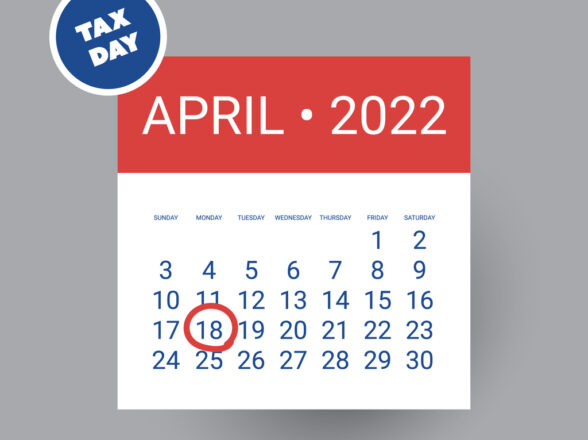Blog
Understanding Changes in Medicare for 2024 – Telehealth & Cost

In 2024, Medicare is set to undergo significant changes that will have a profound impact on America’s seniors. From tax hikes for high earners to expanded telehealth services, these reforms aim to improve care quality and address the evolving needs of an aging population.
One of the key aspects of these changes is the stability of premiums. Despite the implementation of new payment models, premiums are projected to remain stable. This is great news for seniors who rely on Medicare for their healthcare coverage, as it ensures that they can continue to access essential services without facing exorbitant costs.
Furthermore, these reforms will also focus on improving care quality. By implementing new payment models, Medicare aims to incentivize healthcare providers to deliver better outcomes and more efficient care. This shift towards value-based care will not only benefit seniors but also contribute to a more sustainable healthcare system overall.
Medicare Goes Digital
Another important change coming in 2024 is the expansion of telehealth services. This technology-driven approach allows seniors to receive medical consultations and treatments remotely, reducing the need for in-person visits and enhancing accessibility to healthcare services. With advancements in telehealth infrastructure and increased reimbursement options from Medicare, seniors can expect greater convenience and flexibility in managing their health.
With the goal of extending the solvency of the Medicare program by 25 years, a tax increase is set to go into effect in 2024. Specifically, this tax increase will only apply to individuals who earn over $400,000 per year, ensuring that lower earners are not affected. Starting January 1, 2024, the tax rate will rise from 3.8 percent to 5 percent for that demographic. But again, for most taxpayers, there will be no change in their Medicare taxes. This targeted approach aims to ensure that those with higher incomes contribute their fair share towards securing the future of Medicare. By implementing this tax increase, policymakers are taking proactive steps towards maintaining the financial stability of this vital healthcare program.
Lastly, the growth of Medicare Advantage (MA) plans brings both opportunities and cautions for beneficiaries. As the number of MA enrollees is projected to increase significantly, it is important to understand the implications of this expansion.
More Options
One significant change is the availability of extra benefits through MA plans. These plans offer an alternative for individuals who are looking for additional coverage beyond what traditional Medicare provides. This can include benefits such as dental, vision, hearing, and prescription drug coverage. However, with any change comes caution. If you are considering switching to a Medicare Advantage plan during open enrollment, which started on October 15th, it is crucial to make an informed decision. To help with this process, the Centers for Medicare & Medicaid Services (CMS) has published Star Ratings for Medicare Advantage plans.
These Star Ratings evaluate the quality of health and drug services offered by MA plans based on past patient experiences. They provide valuable insights into the performance and reliability of different plans, helping beneficiaries make informed choices about their healthcare coverage. By considering these ratings alongside other factors such as cost, network coverage, and specific healthcare needs, individuals can navigate through open enrollment with confidence and choose a plan that best suits their requirements.
































































































